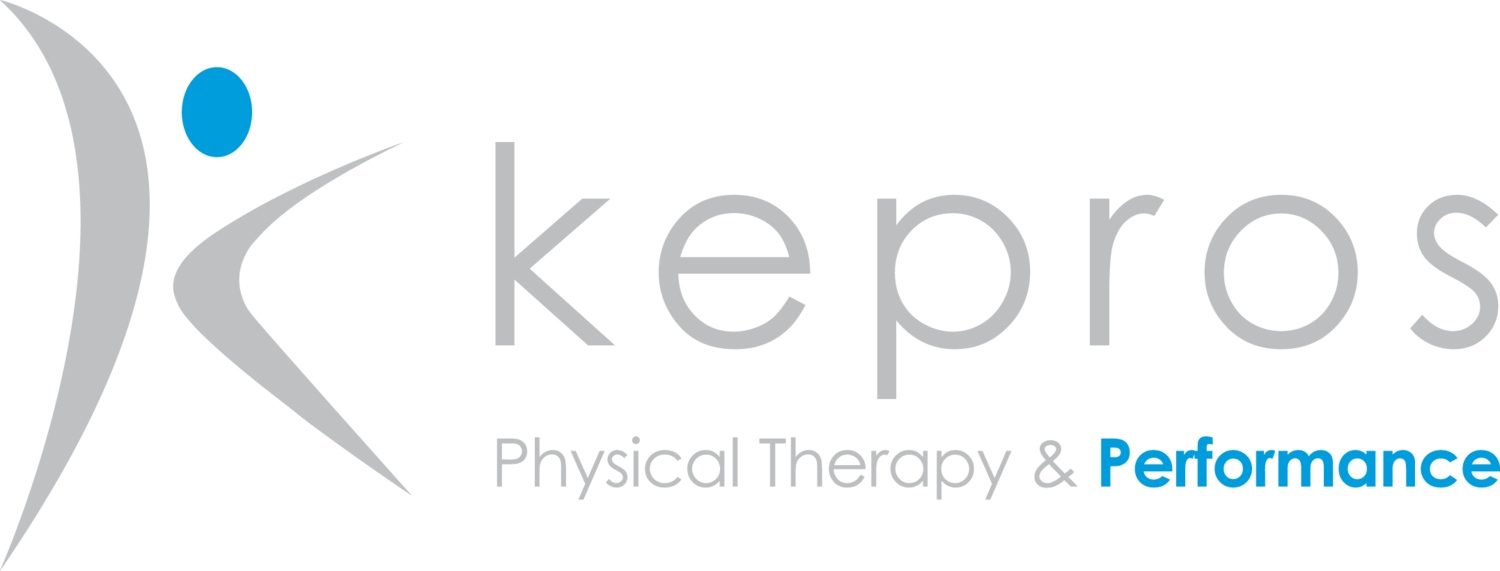Parkinson’s: Exercise as Medicine
For those with Parkinson’s Disease, LSVT BIG is a one-month program that can help with balance, walking and daily movements.
Parkinson’s disease (PD) is a neurodegenerative disorder. PD affects predominantly dopamine producing neurons in the brain. Movement-related symptoms can develop slowly over years and may include tremor at rest, slowness of movement, limb rigidity, gait and balance problems. Non-movement symptoms can include sleep behavior disorders, loss of sense of smell, cognitive impairment, depression, constipation, and may have a lack of interest. Approximately 60,000 Americans are diagnosed with PD yearly (1).
Benefits of Exercise (ref: Clanci & Wood)
Helps the brain use remaining dopamine more efficiently and helps to protect it from damage
The number of dopamine receptors increases
Increased release of neurotrophic factors
Improved motor control and sensory perception
PD creates a mismatch between how a person thinks and how they move. An option to help improve this mismatch is through specific movements and exercise. One excellent alternative for exercise as a treatment is LSVT BIG. LSVT BIG is a research-backed, one-month long exercise program. The program includes repetitive, and progressively challenging exercises, and daily homework. This helps to address the mismatch by improving the amplitude of movement, improving sensory calibration, and increasing effort to override slowness and size of movement. This allows for improved walking, balance, and ability to complete other daily activities. Exercises performed during LSVT BIG are large amplitude/BIG movements, individualized to each person and their specific goals. Thinking & being “BIG” is a lifestyle change to improve quality of movement with daily activities. The goal of LSVT BIG is to encourage a more active and independent lifestyle (2).
To learn more about the LSVT BIG program, contact us at info@keprospt.com.


